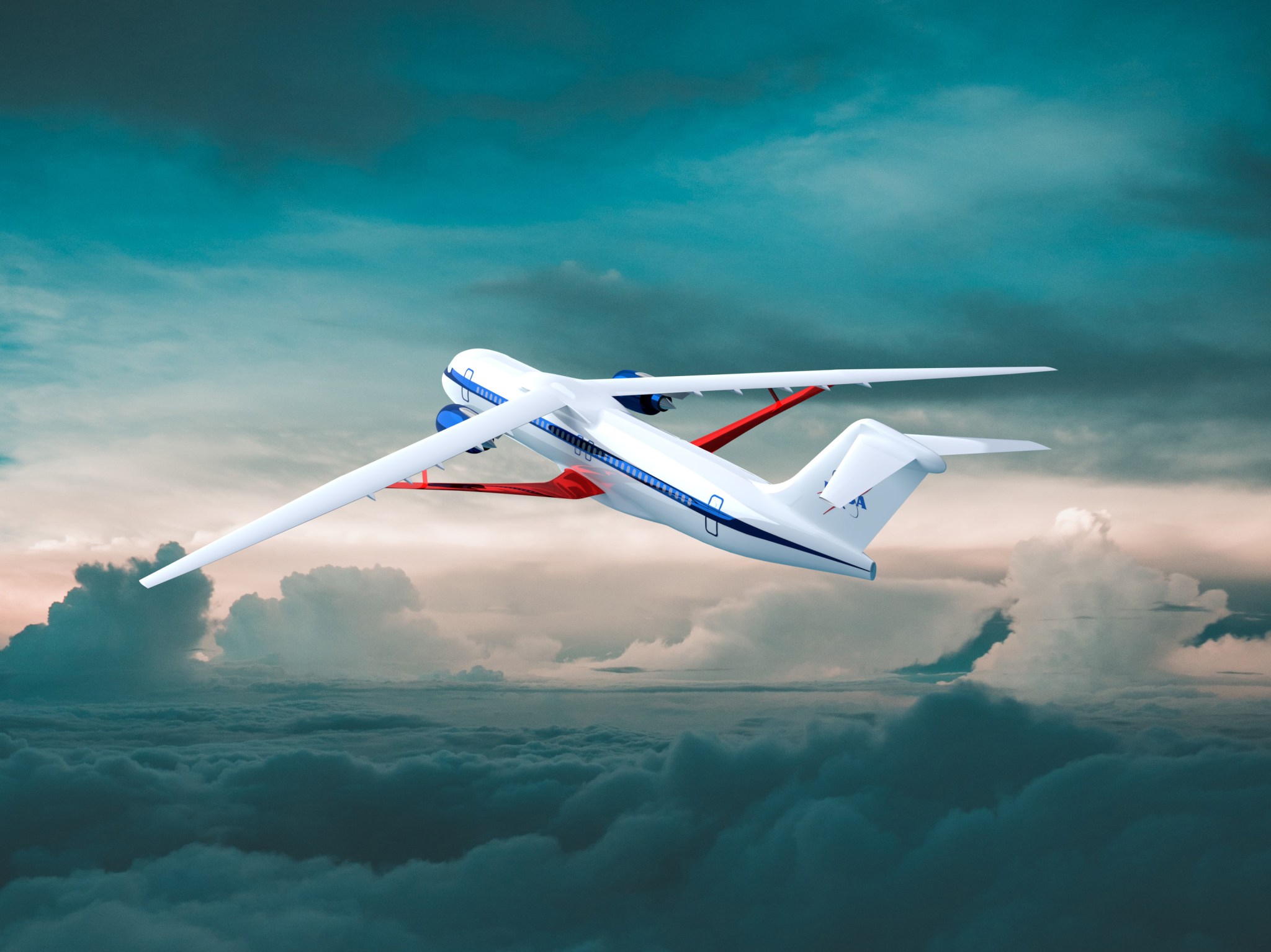The purpose of the Sustainable Flight Demonstrator project is to engage with industry, academia, and other government organizations to identify, select, and mature key airframe technologies, such as new wing designs, that have a high probability of transition to the next generation single-aisle seat class airliner.
This project is one of the key components of the Sustainable Flight National Partnership.
The demonstrator will be a large-scale X-plane with objectives to lessen commercial aviation’s impact on climate change through reduced fuel burn and carbon dioxide emissions.
The aircraft, notionally planned for first flight no earlier than 2027, will prove the benefits of new aircraft technologies for use in the next generation airliner expected in the 2030s.
Concern over climate change has created an opportunity to target new aircraft technologies for the next generation of single-aisle airliners which account for greater than 50% of worldwide aviation emissions.
NASA has been working with industry on advanced commercial airframe configurations for more than 20 years to reduce fuel burn, emissions, and noise.
Moving technologies from a research environment to a production environment can be a real challenge for industry manufacturers and frequently these promising technologies do not get adopted due to a variety of technical and economic risks.
NASA is tackling this challenge by partnering with industry to target a large-scale flight demonstrator X-plane that will prepare these new technologies for entry into the next generation single-aisle airliner.
NASA in partnership with industry plan to:
- Develop and flight test an advanced airframe configuration and related technologies to dramatically reduce aircraft fuel burn and carbon dioxide emissions.
- Obtain ground and flight data that will be used by the NASA/industry teams to validate the benefits of the new technologies.
- Use the research results to help industry make decisions associated with next generation single-aisle airliner to meet U.S. environmental goals articulated in the U.S. Aviation Climate Action Plan.
Project Leadership
Project Manager
Brent Cobleigh
Deputy Project Manager
Sarah Waechter
Chief Engineer
Clint St. John
Lead Systems Engineer
Rich DeLoof
Technology Development
Tony Washburn
Program Planning and Control (PP&C) Lead
Stephanie Hamrick



































